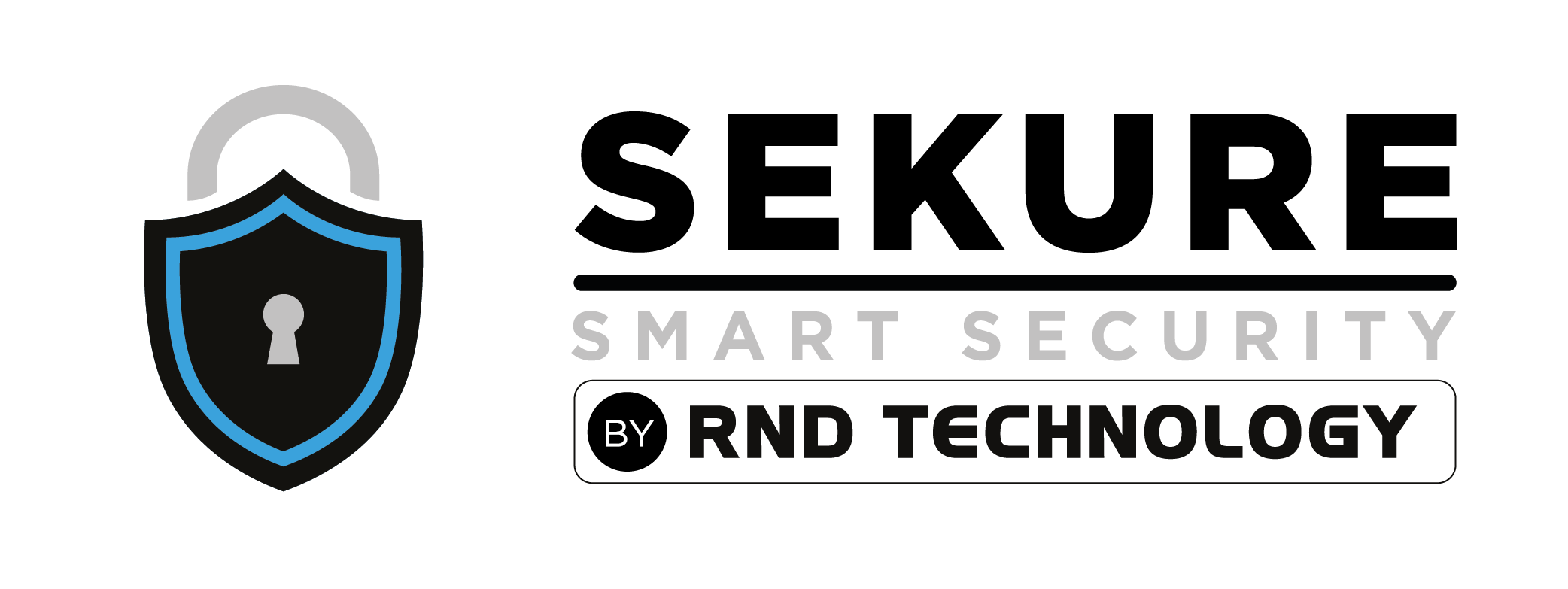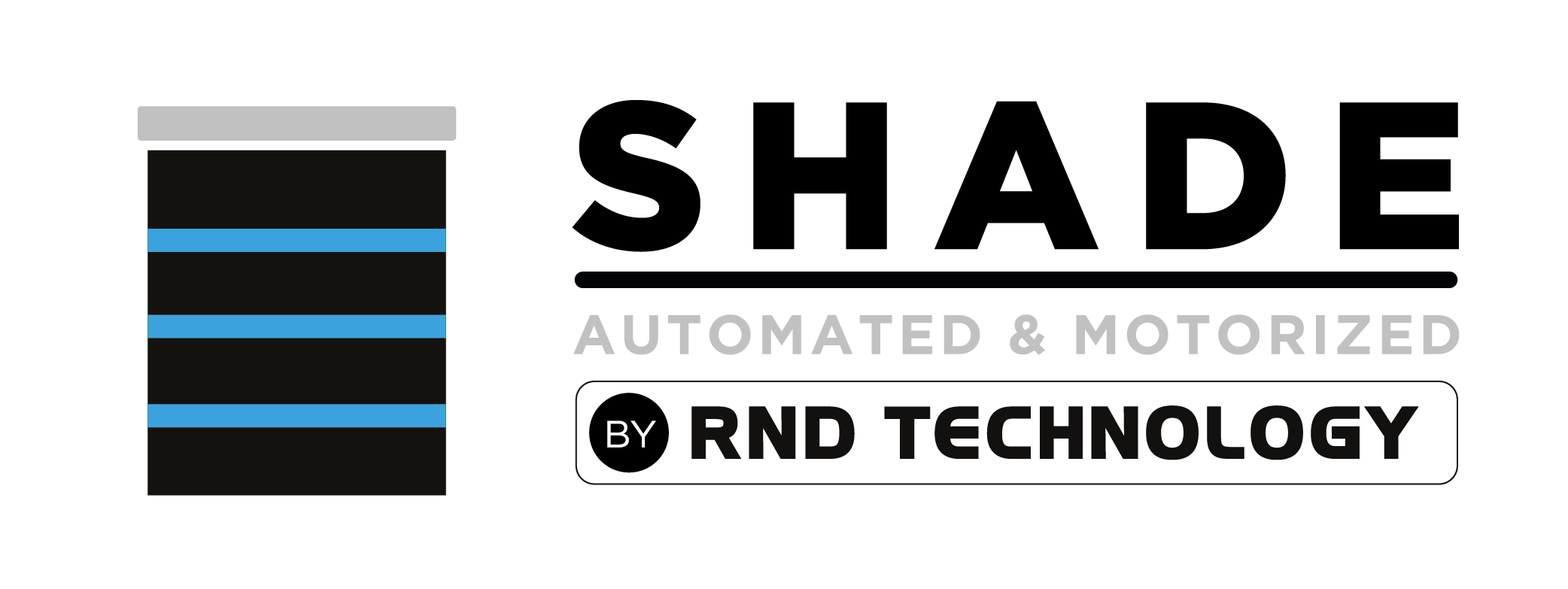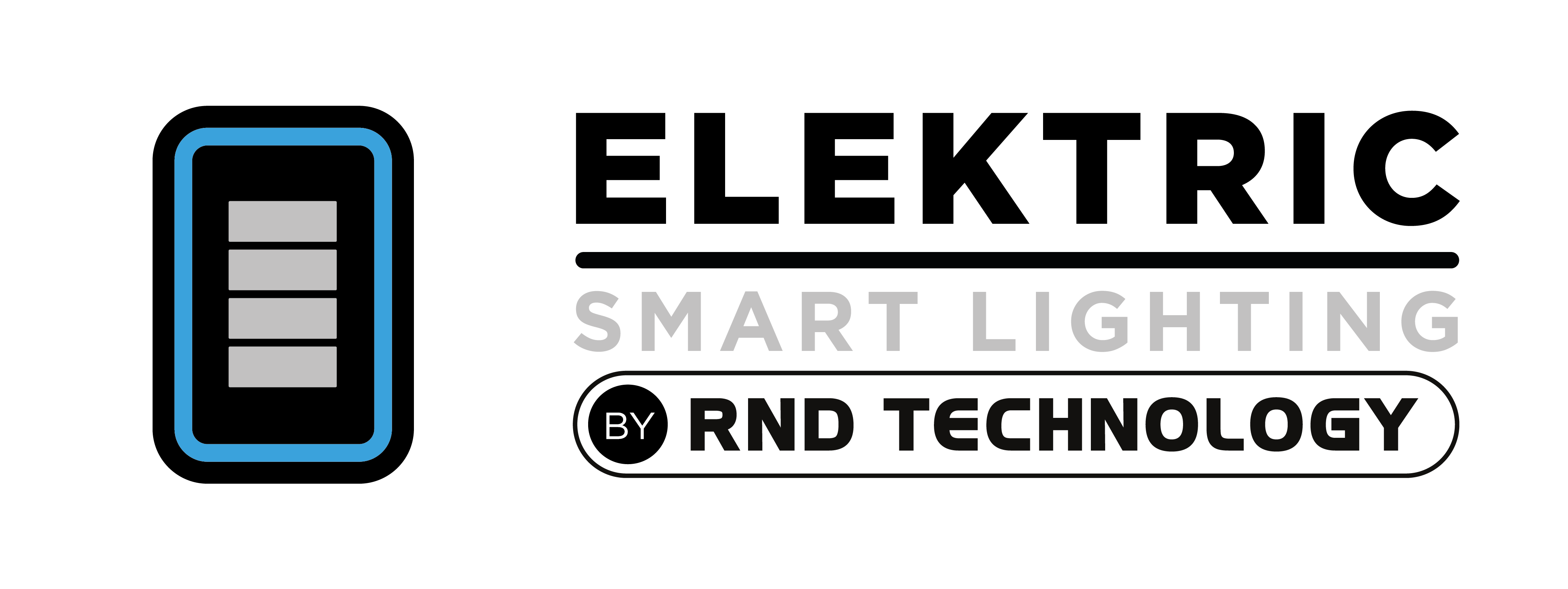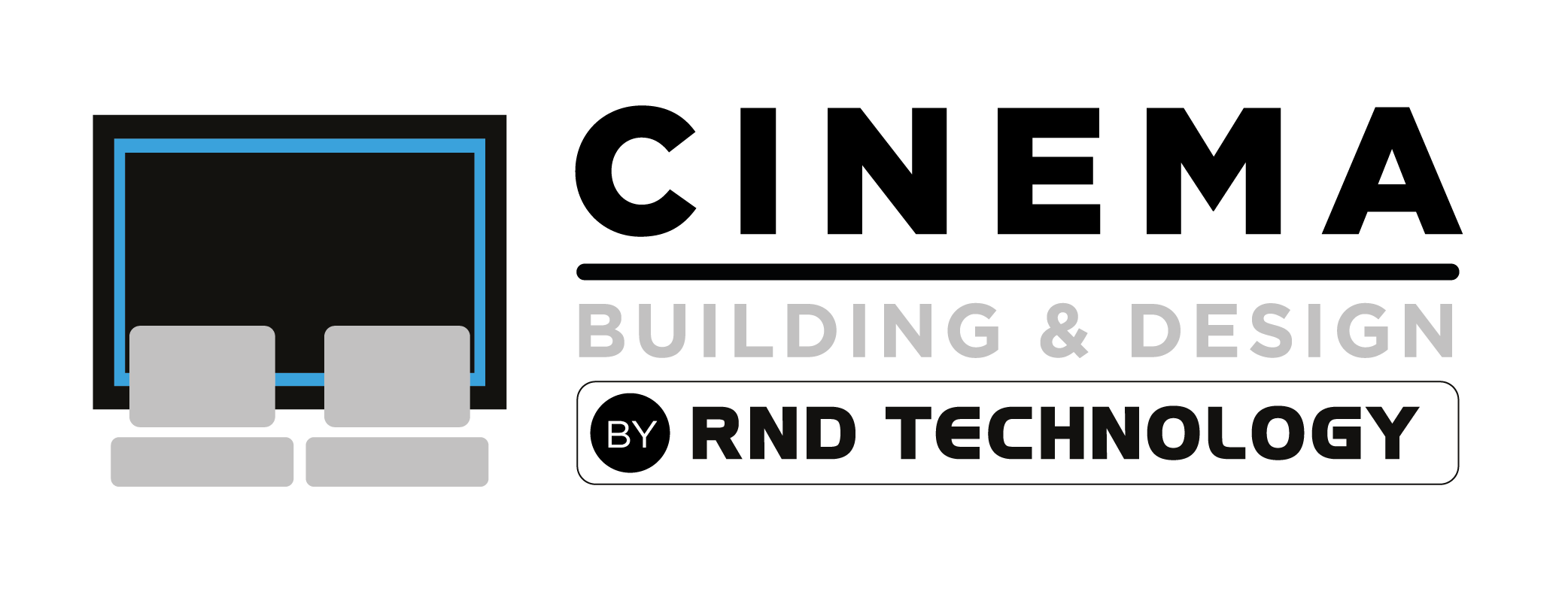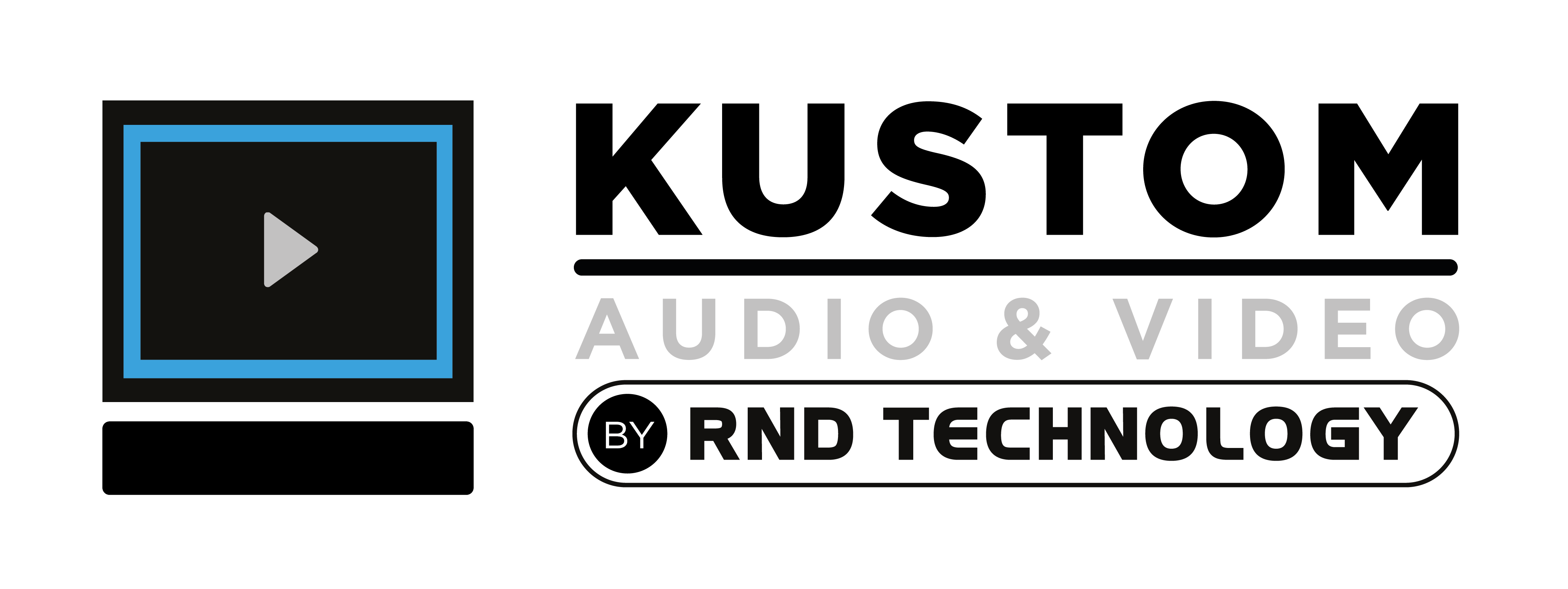The evolution of home entertainment has seen a remarkable shift over the last decade, largely driven by cutting the cable cord which has driven widespread shift from the traditional cable. As streaming platforms rise and technology advances, the landscape of how we consume media at home has undergone radical changes. This blog post explores the impact of cutting cable on home entertainment, examining the technological and cultural shifts that have redefined our viewing experiences.
The Rise of Streaming Services
Streaming services have fundamentally altered the entertainment landscape by offering on-demand content that viewers can access according to their own schedules. Here’s a closer look at how these platforms have become so influential:
Diverse Content Libraries: Platforms like Netflix and Hulu offer thousands of hours of content, including movies, documentaries, and TV shows across various genres. This variety meets diverse viewer preferences and introduces audiences to global content, breaking down geographic and cultural barriers in media consumption.
Original Programming: Streaming services are not just content distributors but prolific content producers. Netflix’s “Stranger Things,“ Amazon Prime’s “The Marvelous Mrs. Maisel,“ and Disney+’s “The Mandalorian“ are prime examples of original content that have garnered critical acclaim and dedicated followings.
User-Friendly Interfaces: These platforms prioritize user experience, featuring intuitive navigation, sophisticated search algorithms, and customized recommendation systems that enhance discoverability and user satisfaction.
Technological Innovations
The shift away from cable has significantly been supported by technological advancements that enhance the streaming experience:
High-Quality Streaming: Innovations in video compression and broadband technology allow for high-definition video streaming with minimal buffering. Technologies like 4K and HDR are becoming standard, provided there is adequate internet bandwidth.
Mobile Accessibility: The proliferation of smartphones and tablets has made it possible to access streaming content online. Apps designed for iOS and Android ensure that consumers can view their favorite shows from anywhere, aligning with today’s mobile-first lifestyle.
Integration with Gaming Consoles and Other Devices: Modern gaming consoles, like the Xbox Series X and PlayStation 5, double as streaming hubs. This convergence of technology means that households can use a single device for gaming, streaming, and more, simplifying the consumer electronics landscape.
Economic Impact
The economic implications of cutting cable are significant, influencing both consumer behavior and the broader entertainment industry:
Subscription Flexibility: Unlike cable, most streaming services offer month-to-month subscriptions without long-term commitments. This flexibility allows consumers to subscribe based on current watching preferences and cancel without penalty.
Adaptation by Traditional Broadcasters: Recognizing the shift to digital, traditional cable networks and broadcasters have begun offering their streaming services or bundles (e.g., Peacock by NBCUniversal, Paramount+ by ViacomCBS) to capture the growing segment of cord-cutters.
Competitive Pricing: The competitive landscape among streaming services leads to more consumer-friendly pricing and service bundles. This competition not only keeps prices in check but also drives innovation in service offerings.
Cultural Shifts
The move from cable to streaming has also led to significant cultural shifts within media consumption patterns:
Binge-Watching Culture: The ability to stream entire seasons at once has dramatically changed viewing habits. The “binge-watching“ phenomenon has shifted how narratives are structured, and characters are developed in series, impacting storytelling techniques across the industry.
Participatory Viewing: Streaming platforms often release shows globally, leading to instant, worldwide conversations about popular content. This global simultaneity has transformed shows into social events, where audiences engage through live tweets, memes, and online discussions.
Democratization of Content Creation: With the streaming market’s lower barriers to entry, independent creators have opportunities to showcase their work alongside mainstream productions. This democratization has led to a wider variety of content that challenges traditional norms and explores niche topics.
Conclusion
The decision to cut cable is more than just an economic one; it represents a shift towards a more personalized, controlled, and enriched home entertainment experience. As technology continues to evolve and streaming services expand their offerings, the cable-cutting trend is likely to grow, further cementing streaming’s dominance as the future of home entertainment.
Whether you’re a tech-savvy viewer ready to optimize your entertainment setup or a casual watcher looking to simplify your subscriptions, the shift away from traditional cable opens up a world of possibilities that promise to redefine the very fabric of how we enjoy our leisure time at home.
